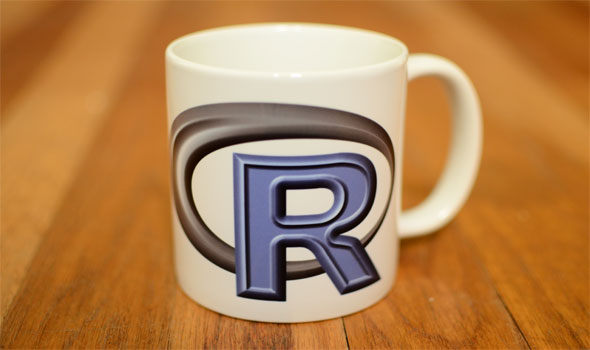
Aegis School of Business, Data Science, Cyber Security & Telecommunication
| Application fee: | 1000 * INR |
| Course fee: | 30000 * INR |
R language

Course Details
R for Business Analytics
During the last decade, the momentum coming from both academia and industry has lifted the R programming language to become the single most important tool for computational statistics, visualization and data science. Worldwide, millions of statisticians and data scientists use R to solve their most challenging problems in fields ranging from computational biology to quantitative marketing. R has become the most popular language for data science and an essential tool for Finance and analytics-driven companies such as Google, Facebook, and LinkedIn.
Every data analysis technique at your fingertips
R includes virtually every data manipulation, statistical model, and chart that the modern data scientist could ever need. You can easily find, download and use cutting-edge community-reviewed methods in statistics and predictive modeling from leading researchers in data science, free of charge.
Create beautiful and unique data visualizations
Representing complex data with charts and graphs is an essential part of the data analysis process, and R goes far beyond the traditional bar chart and line plot. Heavily influenced by thought leaders in data visualization like Bill Cleveland and Edward Tufte, R makes it easy to draw meaning from multidimensional data with multi-panel charts, 3-D surfaces and more. The custom charting capabilities of R are featured in many of the stunning infographics seen in the New York Times, The Economist, and the FlowingData blog.
Get better results faster
Instead of using point-and-click menus or inflexible "black-box" procedures, R is a programming language designed expressly for data analysis. Intermediate level R programmers create data analyses faster than users of legacy statistical software, with the flexibility to mix-and-match models for the best results. And R scripts are easily automated, promoting both reproducible research and production deployments.
Draw on the talents of data scientists worldwide
As a thriving open-source project, R is supported by a community of more than 2 million users and thousands of developers worldwide. Whether you're using R to optimize portfolios, analyze genomic sequences, or to predict component failure times, experts in every domain have made resources, applications and code available for free, online.
About the Course
This courses introduces you to the R statistical processing language, including how to install R on your computer, read data from SPSS and spreadsheets, and use packages for advanced R functions.
The course continues with examples on how to create charts and plots, check statistical assumptions and the reliability of your data, look for data outliers, and use other data analysis tools. Finally, learn how to get charts and tables out of R and share your results with presentations and web pages.
Course Content
Unit 1: Introduction of R language
Unit 2: Basics of R Language
Unit 3: Control Structures in R
Unit 4: Data exploration techniques
Unit 5: Data import techniques in R
Unit 6: Data visualization in R
Unit 7: Data manipulation in R
